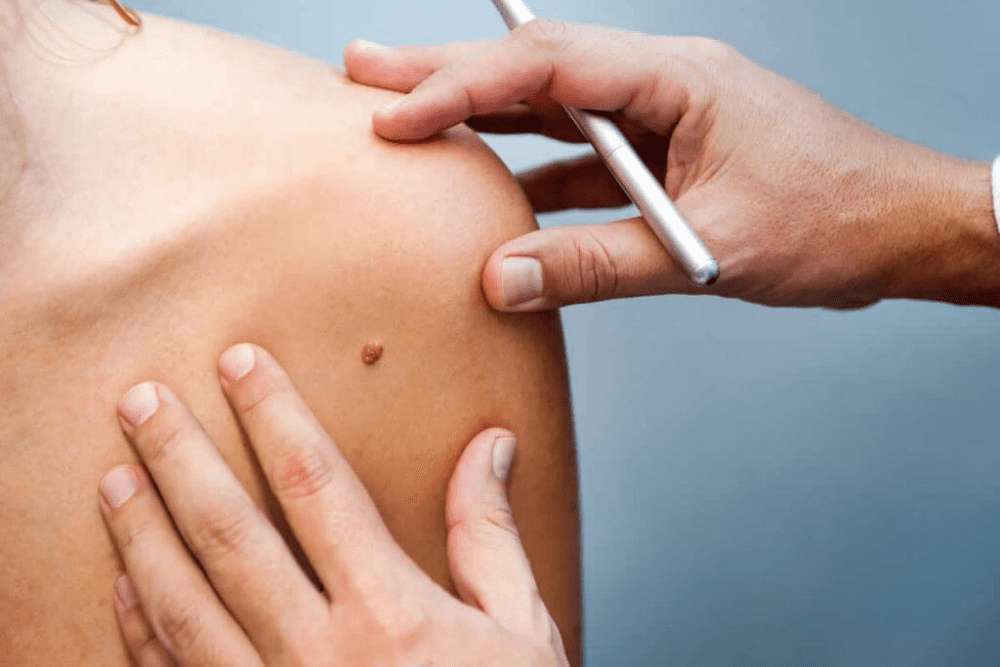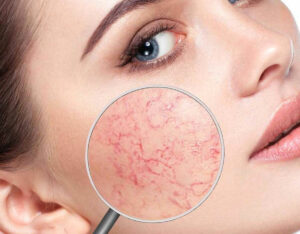Skin tags: What are they and what to do with them?
You have probably seen those annoying, dangling flesh-colored patches of skin. If you have one or more of these, then you know what we’re talking about. In fact, you probably won’t be able to tear yourself away from them. Skin tags are probably the most common bumps or growth. You may think they are ugly, and sometimes they are. But the good news is that they are harmless and they can be removed for aesthetic and cosmetic reasons. Here’s what you need to know about skin tags and what you can do about them.
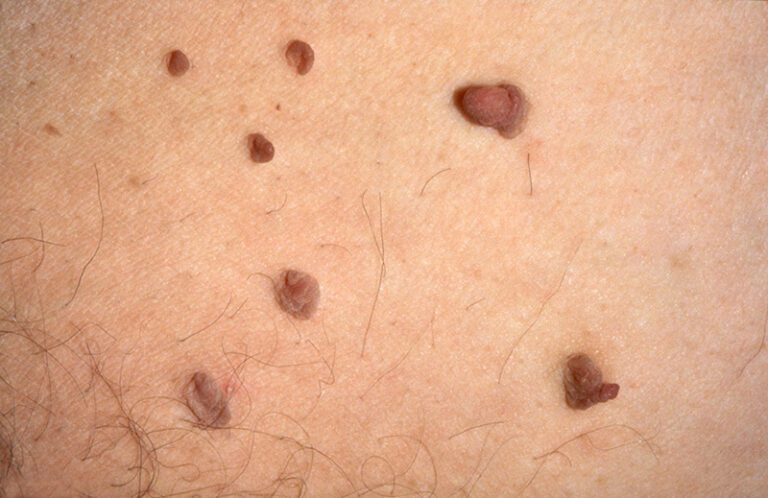
What are skin tags?
Skin tags are benign, noncancerous, tumors of the skin. They consist of a core of fibers and ducts, nerve cells, fat cells, and a covering or epidermis. Skin tags start small, flattened like a pinhead bump. Some stay small, and some grow bigger. They can range in diameter from 2 millimeters (mm) to 1 centimeter (cm), and some may reach 5cm.
In the dermatological literature, skin tags are also known as acrochordons, fibroepithelial polyps, or skin papillomas. Whatever you call them, they are harmless, benign skin tumors that don’t usually cause pain, itching, or pain.
Almost 50% of the adult population has skin tags. And the chance of their development increases with age.
They may appear on the:
- eyelids
- armpits
- under the breasts
- groin
- upper chest
- neck, in the case of papilloma colli
They often go unnoticed, unless they are in a prominent place or are repeatedly rubbed or scratched, for example, by clothing, jewelry, or when shaving.
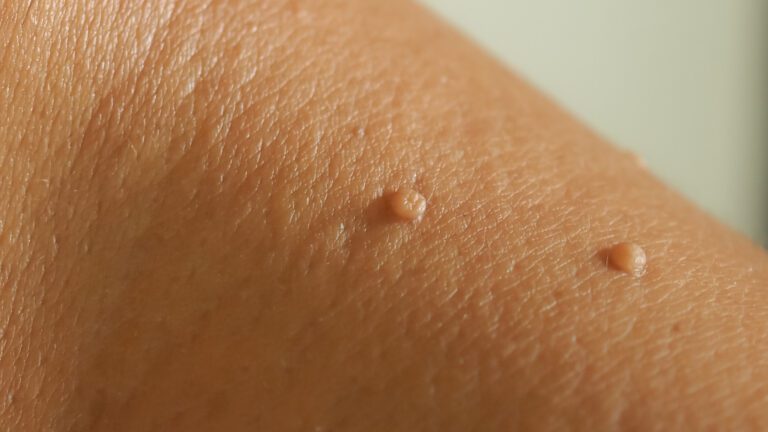
What causes skin tags?
A skin tag may or may not arise due to specific etiological factors. Research has revealed that the following factors may increase the possibility of skin marks in aged people or even in young adults
- Degeneration of skin cells due to aging
- Irritation and frequent friction in a few parts of the skin (such as underarms, thighs, breasts, and in some cases the genitals)
- Hormonal fluctuations especially elevated estrogen and progesterone level during pregnancy or increased growth hormone (somatotropin) in a few medical conditions such as Acromegaly.
- Epidermal growth factor and alpha tissue growth factor
- Obesity
- Human papillomavirus infection
- Autosomal dominant disorders such as Birt-Hugg-Dube syndrome, are manifested as benign tumor outgrowths of hair follicles such as in fibrofolliculoma or trichodiscoma conditions
- Existing tumors of the gastrointestinal tract and kidneys cause the release of skin factors that lead to skin outgrowths and skin tags
- Type 2 Diabetes mellitus
- Reduced glucose tolerance and insulin resistance
- A family history
- Abnormalities in carbohydrate and lipid metabolism
- Enzymatic dysfunctions
- High blood pressure and hypertension
- Over-activation of the mast cells and tumor necrosis factor
- Abnormally high levels of cholesterol (LDL cholesterol)
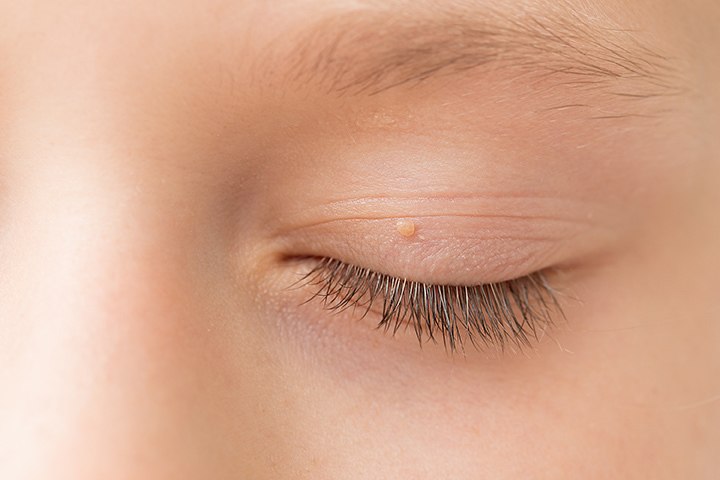
Types of skin marks
Should they be removed?
According to the size and growth pattern and also the region of growth, skin tags may be classified into the following categories
Furrowed papules: They are the small papules mainly present on the neck and armpit (axilla) and are usually 1-2 mm in diameter and length.
Filiform lesions: They may be present singly or in groups and can occur at parts of the body other than the ones mentioned above. They vary from 2 mm in width to 5 mm in length.
A pedunculated tumor: They are usually larger in size and are usually manifested as nevoid and tender fibromas (made of connective tissues). These types of skin tags are normally found in the lower portion of the trunk.
Most dermatologists recommend removing tags only if they cause irritation or discomfort. Although they often become inflamed in areas where skin rubs against the skin, they can also be irritated by clothing or jewelry.
Skin tags can also be removed if the person finds their appearance unfavorable. From a purely medical point of view, there is no reason to remove an asymptomatic skin tag.
How are they removed?
Skin tags can be easily removed in a dermatologist’s office using small scissors. These scissors have slightly curved thin tips. They are used for fine work.
Small marks can be removed without anesthesia. However, large lesions often require anesthesia of the affected area by injecting a small amount of local anesthetic.
Other methods of removal include freezing the tag, similar to wart removal, or cautery removal of the mark.
Can I remove them at home myself?
Dos and Don'ts
Many people try to remove skin tags at home. This is not recommended due to the risk of infection, bleeding, and unnecessary pain. It is best to have them removed by a professional.
In addition, you may mistake a more serious condition, such as a malignant mole, for a benign skin mark. Skin lesions should be examined by a skin care professional before trying to remove them yourself.
Dos
Remove the skin tags on the eyelids early. They can grow in size and put strain on your eyes.
Identify the area of your skin tag if you wish to get it removed.
Eat foods that are low in saturated fats. Also, consume a low-carb diet.
Don’ts
Rush into getting your skin tags removed; removal is only required if your skin tags cause any irritation or if they get injured and pain consistently.
Pull out a large skin tag by yourself, as it can lead to excessive bleeding and infections.
Cutting-off skin tags can lead to bleeding and infections.

